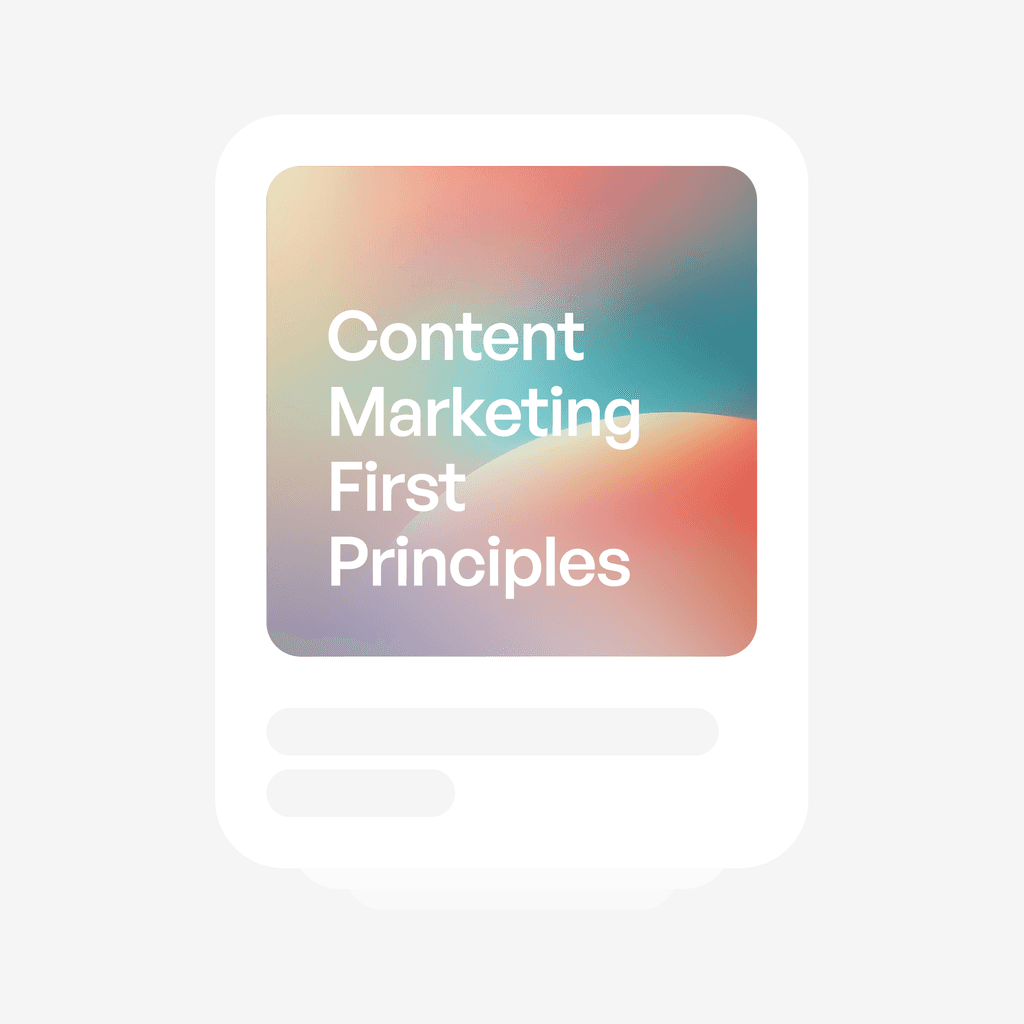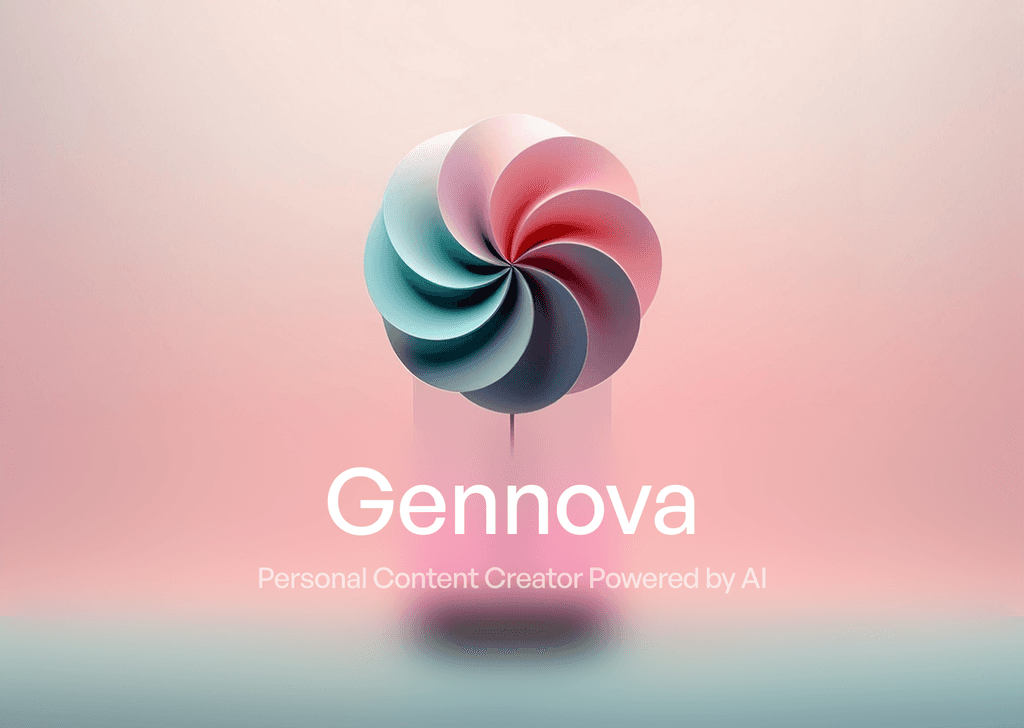Storytelling has always been a fundamental part of human connection. From childhood, we’ve been captivated by tales of adventure, love, and transformation. So why not bring that same magic into your social media content marketing? I used to post content without much thought beyond what might perform well, but once I started focusing on storytelling, everything changed. Here’s why storytelling is such a powerful tool in social media and how it’s transformed my approach to content marketing.
1. Stories Make You Relatable
People don’t just want to see a polished version of your brand; they want to connect with something real. When I started sharing personal experiences—whether it was a business challenge or a success story—engagement skyrocketed. Storytelling allows you to show the human side of your brand, which builds trust. Whether you’re sharing a customer’s journey, your brand’s origin story, or even a behind-the-scenes moment, stories make you relatable in a way that sales-driven content simply can’t.
2. Emotion Drives Engagement
We all know that social media thrives on engagement, but did you know that emotion is the secret sauce? Think about it—people are more likely to like, comment, or share content that makes them feel something. I’ve found that posts that evoke emotion, whether it’s inspiration, humor, or even empathy, generate way more interaction. Telling a story that tugs at your audience’s heartstrings (or makes them laugh) can turn a passive viewer into an active participant.
3. Storytelling Creates Memorable Content
Have you ever read a post or watched a video that stuck with you for days? That’s the power of storytelling. Stories are memorable because they tap into our emotions and imaginations. I used to create content that was informative but forgettable. When I started weaving stories into my posts, people began to remember and even reference them in conversations later. For example, sharing a customer’s transformation after using a product is much more impactful than just listing its features. Stories stick—stats and facts often don’t.
4. Stories Give Your Brand a Personality
Brands that tell stories stand out because they have a distinct voice and personality. In the past, I used a lot of generic marketing language in my posts, and while they performed okay, they lacked personality. Now, when I craft a story, I think about how my brand would speak if it were a person. Is it funny, empathetic, or bold? When you tell stories, you’re not just another business in the feed—you’re someone people want to listen to. It’s your chance to showcase your brand’s values and voice in a way that resonates deeply with your audience.
5. Storytelling Builds a Connection
At the end of the day, social media is about connection. Sure, you can use it to promote your products or services, but what people truly want is to connect with your brand on a deeper level. When I started telling stories about my experiences as a content creator—both the highs and the struggles—I noticed that my followers weren’t just engaging with my posts, they were engaging with me. They started sharing their own experiences in the comments, which built a sense of community. Storytelling turns passive followers into loyal, engaged fans.
6. Stories Are Shareable
One of the best ways to expand your reach is through shares. I used to create content that was informative but didn’t really inspire people to share it. Once I began telling stories, I saw more and more people sharing my content with their own audiences. Stories resonate because they’re personal, emotional, and often relatable—and that makes them inherently shareable. Whether it’s a heartfelt customer testimonial or a funny behind-the-scenes moment, stories encourage your audience to spread the word.
7. How to Craft a Great Story
So, how do you tell a compelling story on social media? Here’s what’s worked for me:
-
Set the Scene: Start by introducing a relatable situation or problem. Give some context so people can understand the background.
-
Build Tension: Every good story has a challenge or obstacle. Talk about the problem, the conflict, or the “aha” moment.
-
Resolution: Share how the situation was resolved or how a transformation occurred. This is where you bring in your solution, product, or lesson.
-
Call to Action: End your story with a clear call to action. Ask your audience to share their own experiences, comment, or take the next step with your brand.
Incorporating storytelling into your social media content marketing isn’t just a trend; it’s a timeless strategy that builds lasting connections. By sharing real stories—whether they’re about your brand, customers, or personal experiences—you can make your social media presence more engaging, memorable, and impactful.












